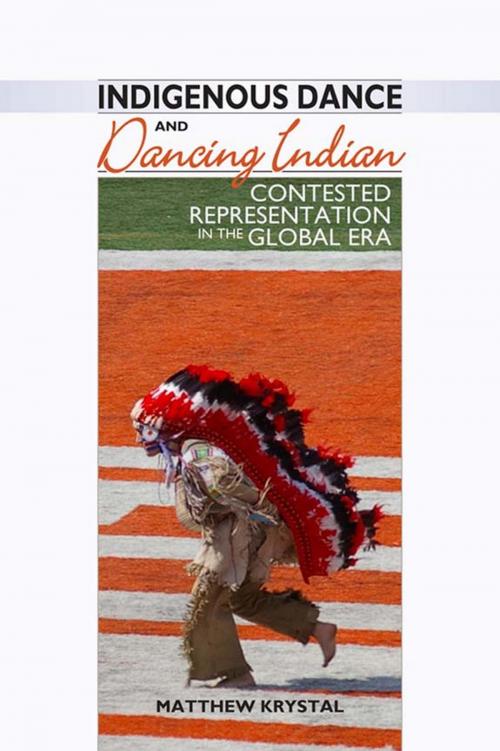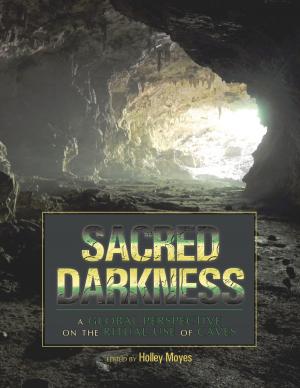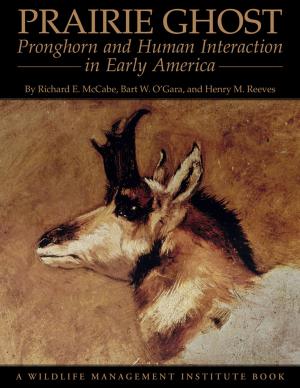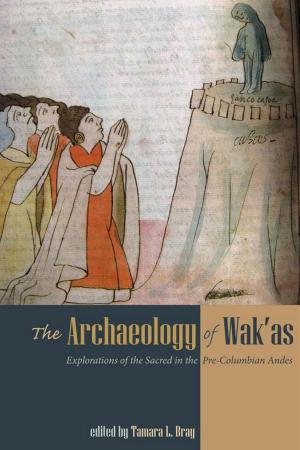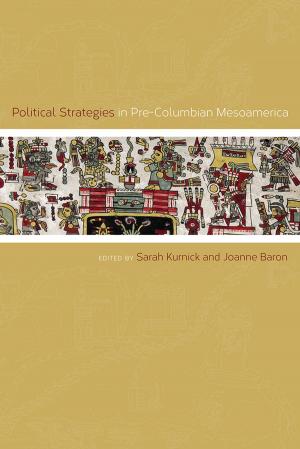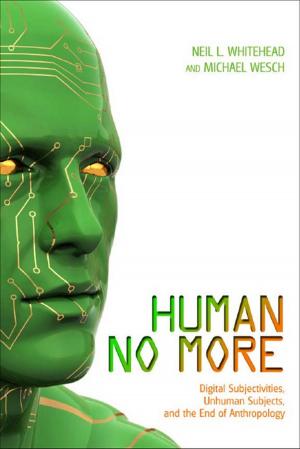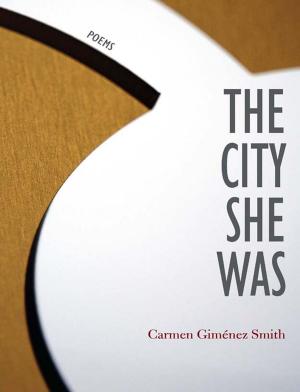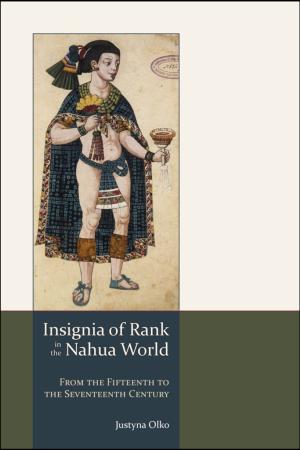Indigenous Dance and Dancing Indian
Contested Representation in the Global Era
Nonfiction, Social & Cultural Studies, Social Science, Cultural Studies, Native American Studies| Author: | Matthew Krystal | ISBN: | 9781607320975 |
| Publisher: | University Press of Colorado | Publication: | December 12, 2011 |
| Imprint: | University Press of Colorado | Language: | English |
| Author: | Matthew Krystal |
| ISBN: | 9781607320975 |
| Publisher: | University Press of Colorado |
| Publication: | December 12, 2011 |
| Imprint: | University Press of Colorado |
| Language: | English |
Focusing on the enactment of identity in dance, Indigenous Dance and Dancing Indian is a cross-cultural, cross-ethnic, and cross-national comparison of indigenous dance practices.
Considering four genres of dance in which indigenous people are represented--K'iche Maya traditional dance, powwow, folkloric dance, and dancing sports mascots--the book addresses both the ideational and behavioral dimensions of identity. Each dance is examined as a unique cultural expression in individual chapters, and then all are compared in the conclusion, where striking parallels and important divergences are revealed. Ultimately, Krystal describes how dancers and audiences work to construct and consume satisfying and meaningful identities through dance by either challenging social inequality or reinforcing the present social order.
Detailed ethnographic work, thorough case studies, and an insightful narrative voice make Indigenous Dance and Dancing Indian a substantial addition to scholarly literature on dance in the Americas. It will be of interest to scholars of Native American studies, social sciences, and performing arts.
Focusing on the enactment of identity in dance, Indigenous Dance and Dancing Indian is a cross-cultural, cross-ethnic, and cross-national comparison of indigenous dance practices.
Considering four genres of dance in which indigenous people are represented--K'iche Maya traditional dance, powwow, folkloric dance, and dancing sports mascots--the book addresses both the ideational and behavioral dimensions of identity. Each dance is examined as a unique cultural expression in individual chapters, and then all are compared in the conclusion, where striking parallels and important divergences are revealed. Ultimately, Krystal describes how dancers and audiences work to construct and consume satisfying and meaningful identities through dance by either challenging social inequality or reinforcing the present social order.
Detailed ethnographic work, thorough case studies, and an insightful narrative voice make Indigenous Dance and Dancing Indian a substantial addition to scholarly literature on dance in the Americas. It will be of interest to scholars of Native American studies, social sciences, and performing arts.
